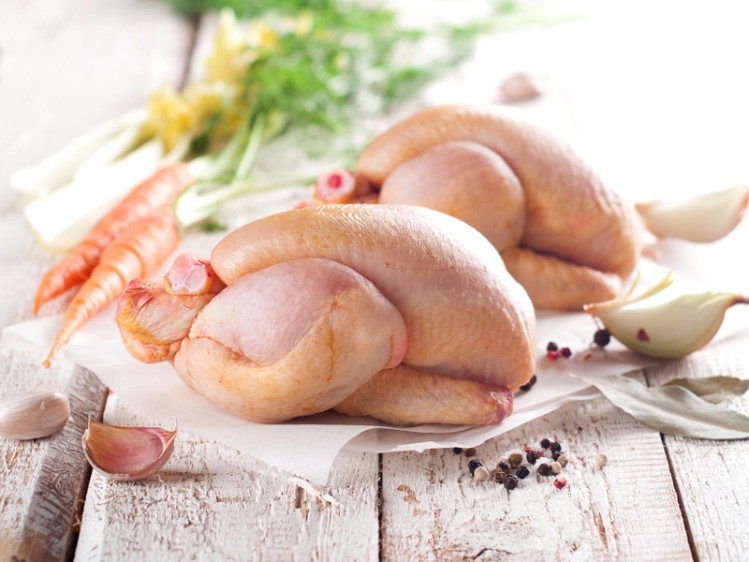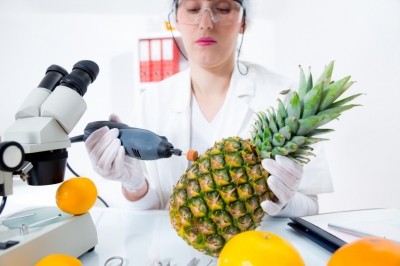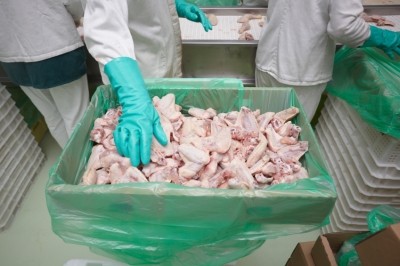LGC work to help ensure consumers are not sold water at price of poultry meat

The UK National Reference Laboratory (NRL) for added water in poultry meat said the study would provide information on current approaches to process poultry in the EU and determine the typical amounts of water taken up during the processing of chicken.
Chicken naturally contains water, known as ‘physiological water’. However, even when good manufacturing practice is followed, commercial processing adds some technically unavoidable water, known as ‘extraneous water’.
EC looking at legislation
The information gained will inform whether legislative limits for extraneous water are still relevant.
European legislation (Commission Regulation (EC) No 543/2008) sets limits for ‘extraneous water’ to ensure consumers are not being sold water at the price of poultry meat.
Current limits depend on the chilling methods used with some adding more water than others.
Selvarani Elahi, deputy government chemist at LGC, said added water in meat products is neither a new or just EU issue; adding water to foods is a cheap way to dilute them and increase profits.
“For this reason, the UK undertakes surveillance exercises to monitor the situation and this topic has been identified in Food Standards Agency’s 2016/17 National Coordinated Sampling Programme – Guidance for local enforcement sampling officers on priorities for FSA 2016/17 National Coordinated Sampling Programme,” she told us.
“Poultry production is a massive industry with the EU having to import because it cannot produce enough to satisfy demand. So even a small amount of added water could lead to very large profits.”
World consumption of broilers in 2013 was 94 million tonnes carcass weight, according to avec, a voluntary, non-profit association which represents the interests of the European poultry sector.
Project partners
LGC is working with Agra CEAS Consulting, seven other NRLs and slaughterhouses across poultry producing EC Member States on the study which will end in November this year.
Agra CEAS Consulting is a joint venture between Imperial College London and Informa.
It has done a number of studies and evaluations for European Institutions, principally DG AGRI, DG SANTE and the European Parliament and has built a working relationship with the EU poultry industry.
“LGC will work with Agra CEAS to deliver the first objective of the study which is to provide the EC with a comprehensive description of the current EU industrial processing systems from scalding to chilling of chickens where water is used,” said Elahi.
“LGC will work with the National Reference Laboratories for added water in poultry meat to deliver the second objective of the study which is to assess, for the relevant various processing systems, the influence of the water uptake on the calculation of the W/P ratios for chicken established in Commission Regulation (EU) No 543/2008.
“This will involve taking samples from 15 slaughterhouses from the seven largest poultry producing nations in the EU and analysing the samples for moisture and nitrogen content.”
Elahi said a 2012 study from LGC showed the physiological (natural) water content in broilers had changed over the last twenty years.
“This study will show how the changes in technology associated with processing broilers have affected the amount of water taken up during processing; it is a combination of physiological water and technological unavoidable water that are used to set limits for extraneous water so no action has been taken to date due to the 2012 study.
“The EC will assess the situation once they have received results from the current study.”




















